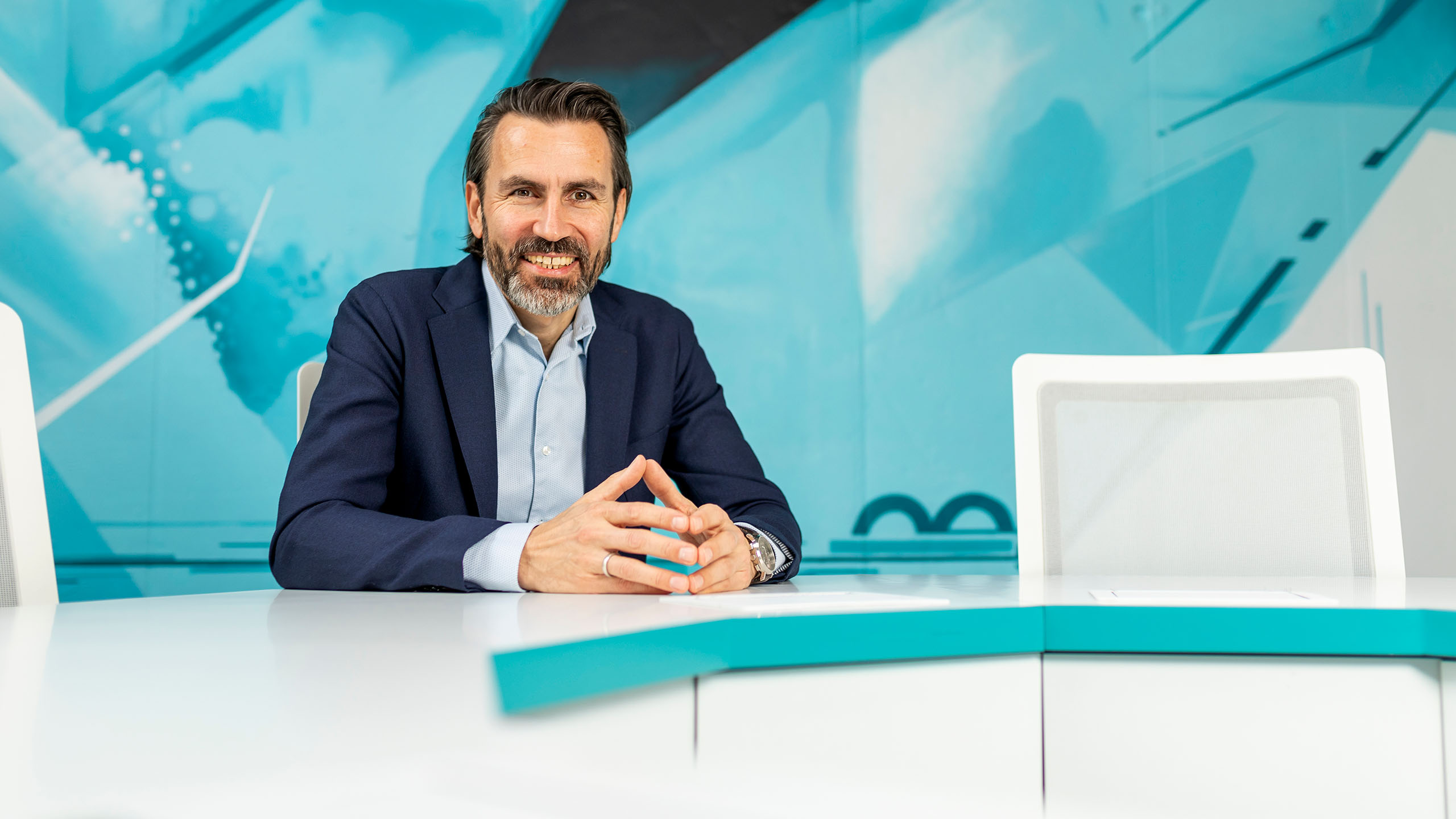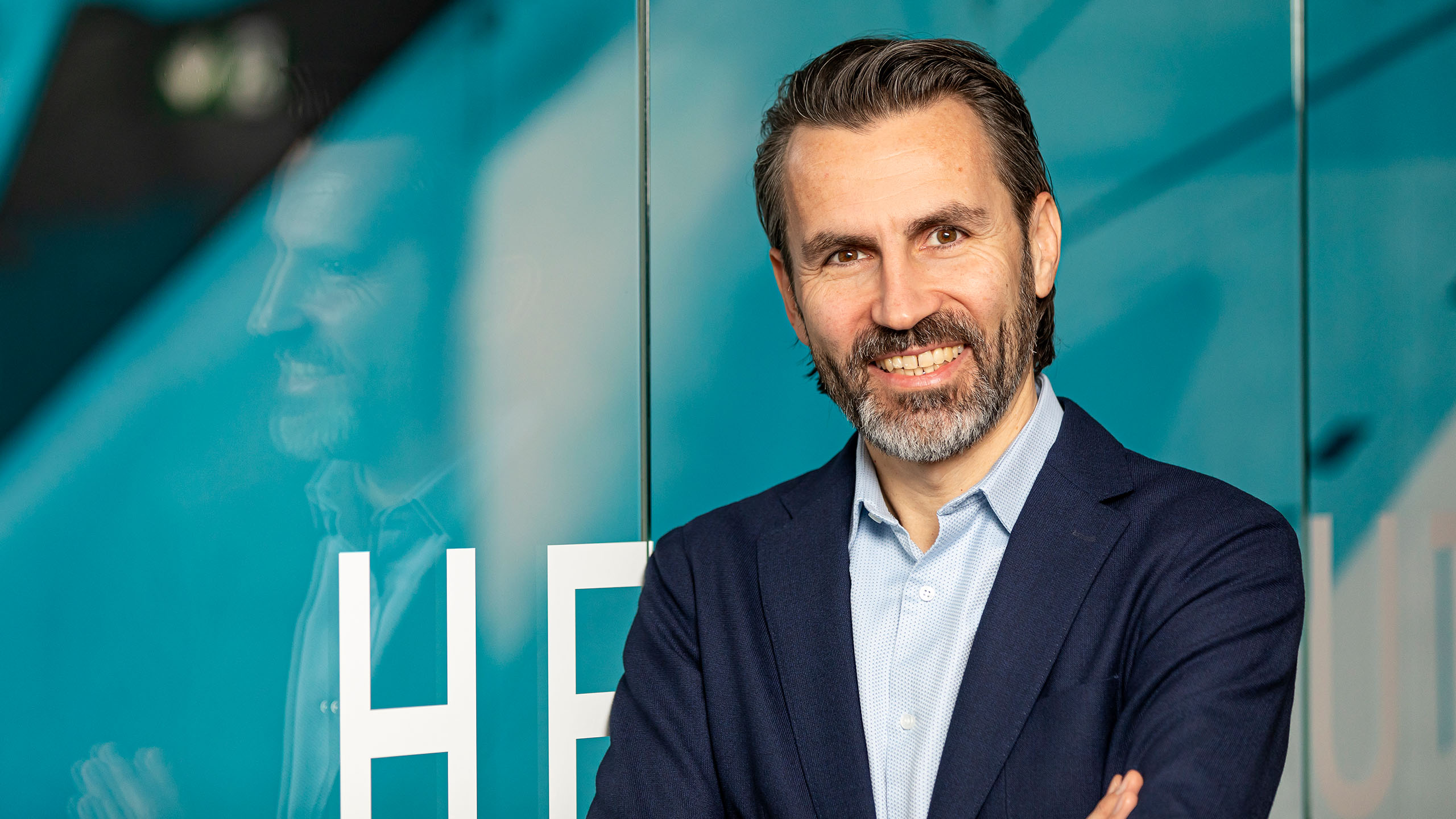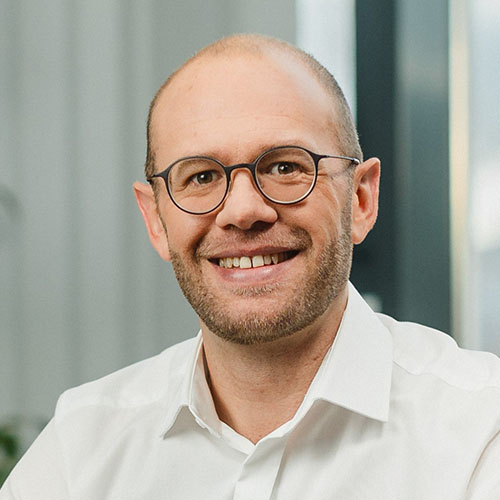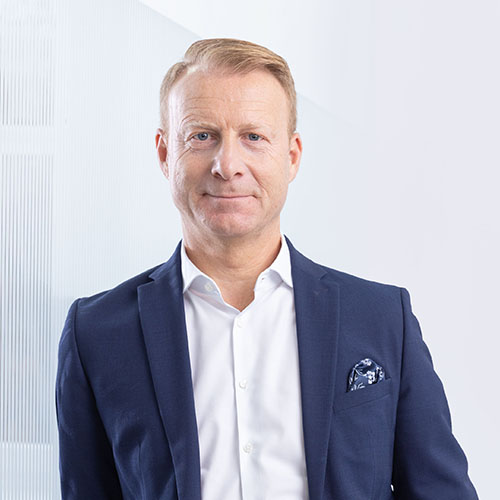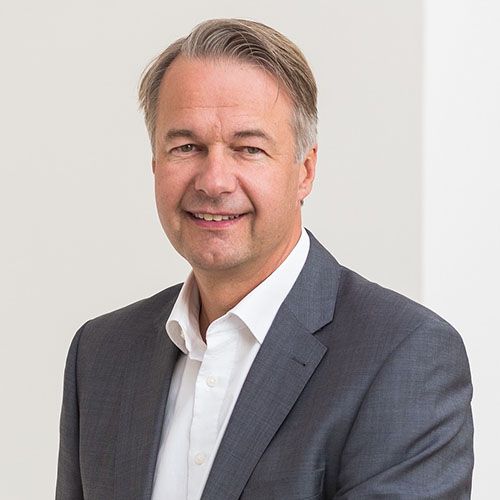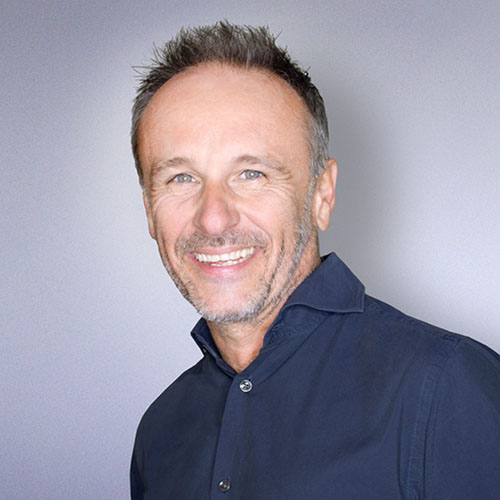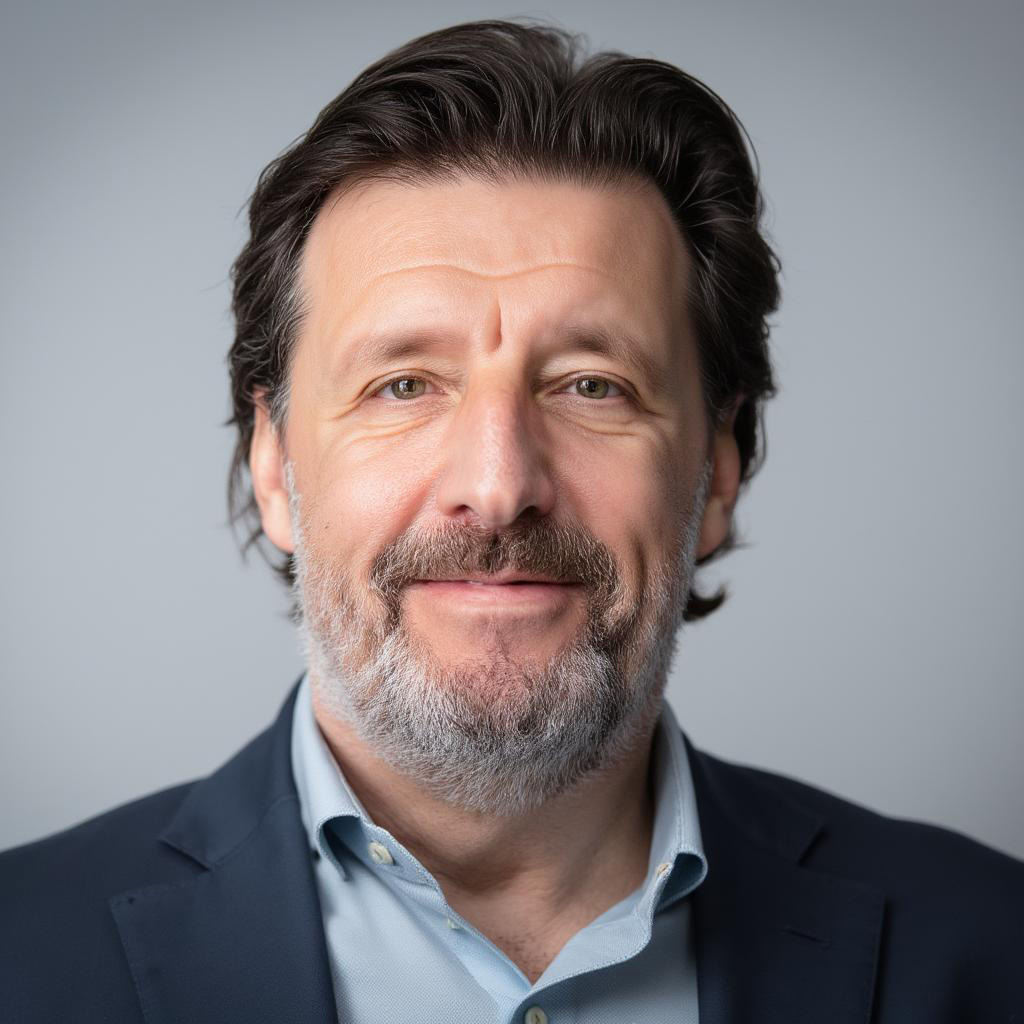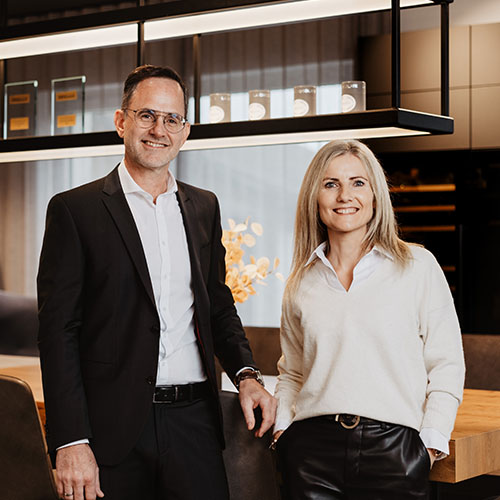Organisational development - designing structures that bring people and goals into harmony
Frictionless organisations - less resistance, more effectiveness
Any organisation is only as strong as the people who support it. And every person has their role in the organisation. However, real effectiveness is not created by rigid hierarchies, but by structures that give space to the individual strengths and talents of employees.
A well-developed organisation:
- creates the ideal breeding ground for commitment and personal responsibility.
- promotes clear roles in which employees can realise their potential.
- serves as a stable vehicle that facilitates the path to corporate alignment.
- is efficient and works with dynamic, adaptable processes
- grows with its market and its workforce and always maintains a clear focus
You know: An organisation is much more than just processes and structures - it is a living system that needs to evolve with its people. Together, we take a look at your organisation as a whole and shape it in such a way that inspiration and sustainable success become part of everyday life.
Why is organisational development crucial?
Many companies try to solve existing problems with new processes or tools - but often the actual cause remains untouched. This is exactly where I come in with organisational development. Instead of just combating symptoms, we identify causes and effects at all levels of the organisation and together create the basis for sustainable change
Some possible challenges in your organisation:
- Unclear roles and responsibilities
Who is responsible for what? If you ask five employees the same question, are the roles and responsibilities clear enough for them all to give you the same answer? Where are there overlapping competences or gaps, and who ultimately makes the decisions? - Lack of adaptability
Is your organisation able to adapt to new requirements in an agile way? - Low employee commitment
How strongly do your employees identify with the organisation? - Unclear goals
What goals are there and how well are they interwoven, especially according to the top-down principle?
The building blocks of frictionless organisational development
Self-organising structures
Modern organisations do not function through rigid hierarchies, but through flexible, adaptable structures. I support you in developing an organisational form in which employees can clearly identify their roles and shape them independently.
Effective communication and transparency
How does your company communicate? Are there clear information channels or do misunderstandings arise? Well thought-out communication rules prevent unnecessary conflicts and ensure faster decisions.
Promote commitment & motivation
Employees are motivated when they experience their tasks as meaningful. But how do you create a culture in which intrinsic motivation is encouraged? I'll show you how to create the conditions that allow employees to identify with their work.
Evolutionary organisations
Organisations should be seen as living systems that are constantly evolving. Instead of relying exclusively on rigid targets, managers should organise the company in such a way that it can react to changes. At the same time, those involved should have sufficient freedom to shape their own path to achieving their goals.
